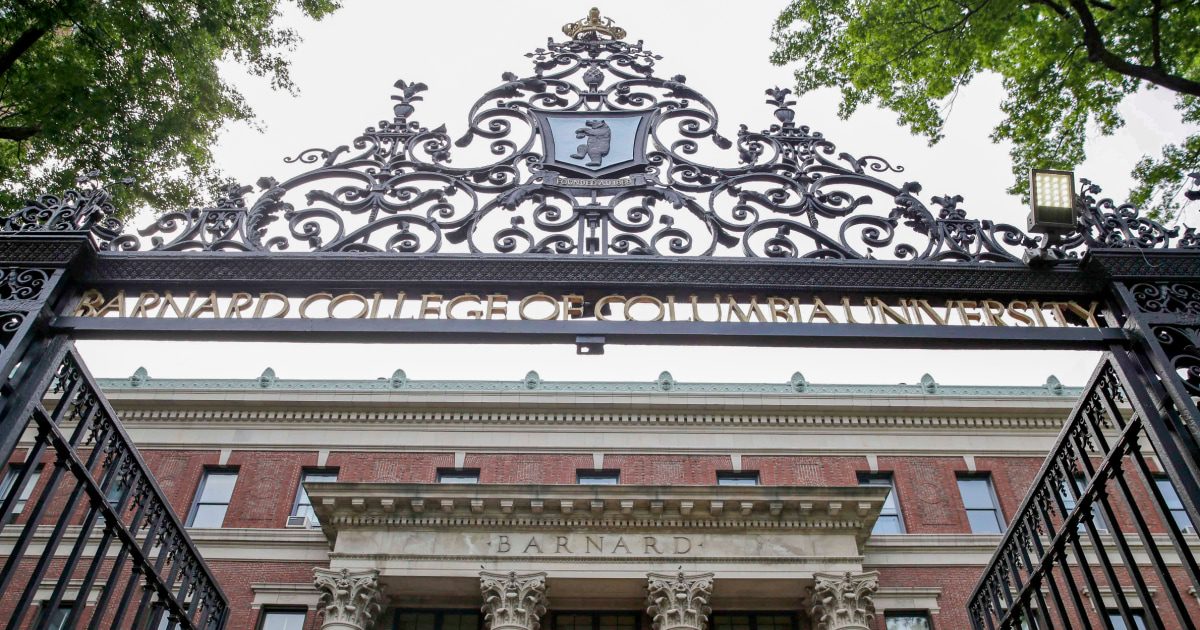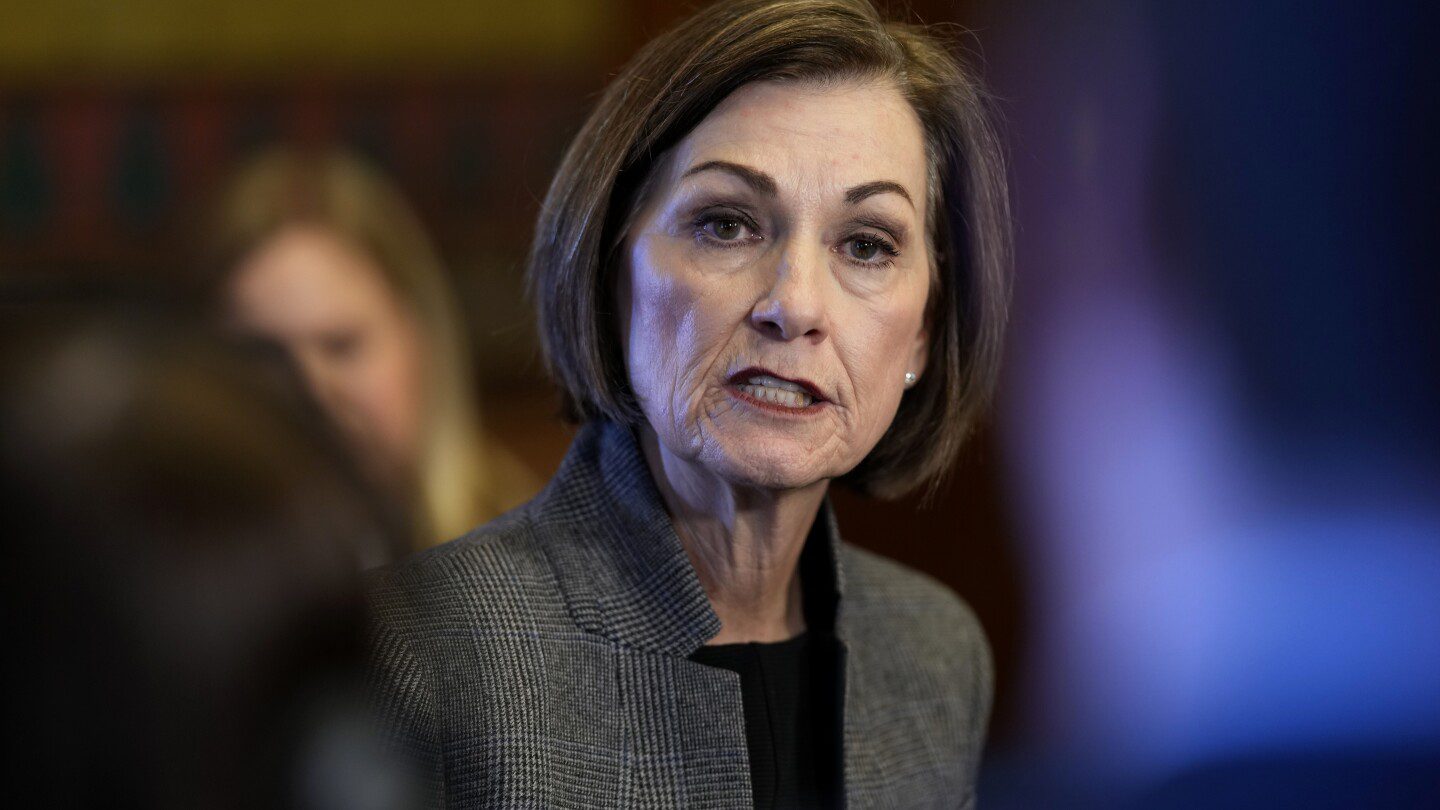
On Wednesday, a Pro-Palestinian demonstration took place at Barnard College, located in New York City. A small faction of demonstrators reportedly “forcibly entered” a campus building and allegedly assaulted a staff member, according to statements from college officials.
The sit-in was held at the Office of the Deans to protest the recent expulsion of two Barnard students who were accused of “disrupting” a Columbia University class on Israeli history last month, as noted by the protest group Columbia University Apartheid Divest. Barnard College, an independent women’s institution, is affiliated with Columbia, allowing students to enroll in courses at both universities.
During the protest, a contingent of masked protesters reportedly “forcibly entered Milbank Hall” and assaulted a Barnard employee, resulting in the individual being transported to the hospital, as stated by Robin Levine, Vice President for Strategic Communications at Barnard College.
The New York City Police Department responded around 4 p.m. near West 120th Street and Broadway, where they encountered a 41-year-old man who reported being “shoved by multiple individuals” and expressed body pain. He was taken to Mount Sinai Morningside Hospital in stable condition, with no arrests made at the scene.
“They encouraged others to enter the campus without ID, showing blatant disregard for the safety of our community,” Levine remarked. “Violence and intimidation have no place here.”
In contrast, the group Columbia Students for Justice in Palestine stated on X that they did not require external support for the sit-in. Participants were encouraged to head to a rally in Bay Ridge instead.
Levine warned that the protesters had until 9:30 p.m. to leave the premises or the college would take “additional necessary measures to ensure campus safety.”
Later that evening, Barnard President Laura Rosenbury announced that the protesters had vacated Milbank Hall.
“Tonight, a small group of masked protesters attempted to undermine Barnard’s core values of respect, inclusion, and academic excellence,” Rosenbury stated. “Thanks to our staff and faculty’s efforts, the protesters have now left Milbank Hall without further incident. However, their disregard for our community’s safety remains entirely unacceptable.”
The student organization Columbia Students for Justice in Palestine shared videos on X depicting the protest’s progression. One video showed attendees wearing keffiyehs—a traditional Arab headdress symbolizing Palestinian nationalism—and masks, chanting and clapping to a drumbeat while gathered in the building’s hall. Another video shared at 5 p.m. provided updates on discussions with school officials.
The Columbia Spectator reported that the group congregated outside Dean Leslie Grinage’s office in Milbank Hall and remained for over six hours.
The protest disrupted classes within Milbank, prompting Barnard to advise faculty with scheduled classes after 5 p.m. on Wednesday to either relocate or cancel them.
Later that evening, the student group announced on X that the Barnard protesters had dispersed after successfully prompting administrators to negotiate in a meeting set for 1 p.m. the following day.
Nearly 100 students from both Barnard and Columbia participated in the initial sit-in, according to Columbia University Apartheid Divest.
The protesters were advocating for the reversal of last week’s expulsions, amnesty for students facing disciplinary action for pro-Palestinian views, and a public meeting with Dean Leslie Grinage and President Laura Rosenbury.
The group indicated that over 50 students had already faced suspension for their pro-Palestinian activism. The recent expulsions marked the first disciplinary actions taken at either Columbia or Barnard for such protests, and the first expulsions for campus demonstrations since 1968.
Last year, Columbia University witnessed intense student-led protests against the Israel-Gaza war, demanding university divestment from firms supporting Israel. Encampments were established on the campus quad, and demonstrators occupied buildings, leading to police involvement from the New York City Police Department.









